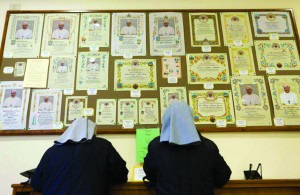
The display with the various examples of papal blessings available from the Almoner’s office in the Vatican
Archbishop Konrad Krajewski, Pope Francis’ Papal Almoner, carries on the legacy of St. John Paul II, whom he served
With the beginning of the pontificate of Pope Francis, poor people were given a new place in the Church. When the number of votes for Jorge Bergoglio reached two-thirds and it started to be “dangerous,” as newly elected Pope Francis said during his first meeting with journalists, “Cardinal Hummes embraced me, kissed me and said: ‘Do not forget about the poor.’ When it came time to count the votes, I was thinking about Francis of Assisi. I would really like the Church to be poor and for the poor.”
True to his desire, Pope Francis has increased the activity — and the visibility — of his official office of papal charity, the Papal Almoner’s Office. The current Papal Almoner is a Polish archbishop, Konrad Krajewski, who is close to the Pope and a member of the papal household.
An Office of Apostolic Charity
Mention of the office of the Papal Almoner appears for the first time in a bull issued by Pope Innocent III in the thirteenth century. Leo XIII delegated the Papal Almoner to give blessings on behalf of the Pope in a special parchment certificate for special occasions like anniversaries, sacraments, etc., donations for which go to a charity fund. Under the apostolic constitution Pastor bonus (1998), the office was placed directly under the Holy Father, and it serves the poor on his behalf. But little notice had been taken of the initiatives of this office prior to the current pontificate of Pope Francis.
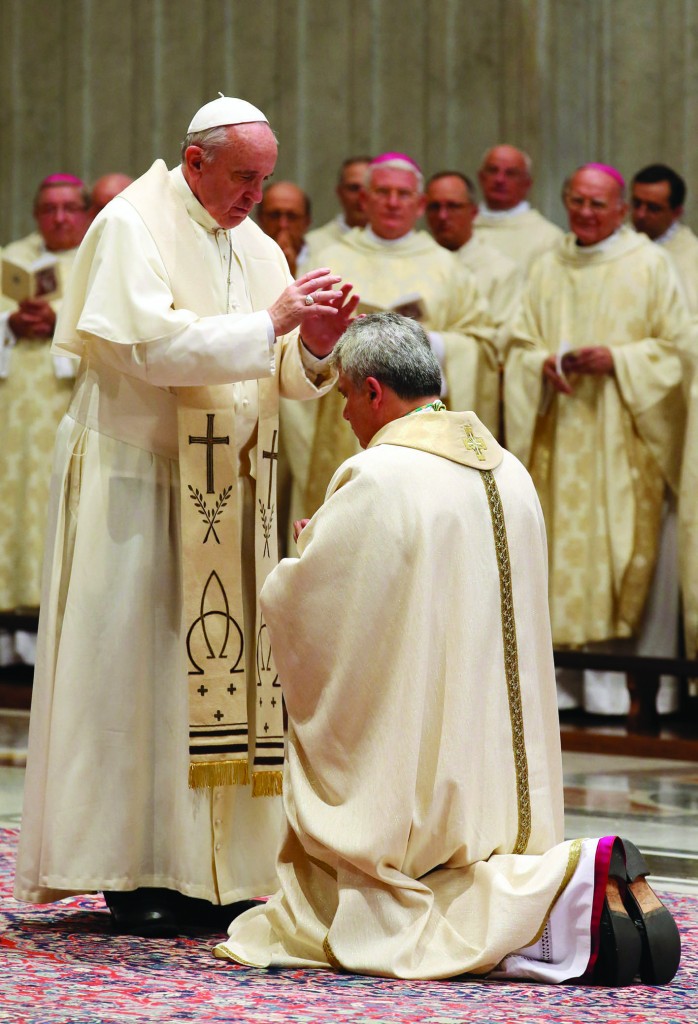
September 17, 2013, the episcopal consecration of Mons. Konrad Krajewski, the Almoner of His Holiness. Pope Francis was present throughout the ceremony
Archbishop Krajewski was ordained a bishop in September 2013. He was a member of Pope John Paul’s household, the papal master of ceremonies, before Pope Francis appointed him the Papal Almoner.
‘When the Holy Father died, I was walking along Vatican corridors, still fulfilling the function of master of ceremonies, and I was crying…” This is how Archbishop Krajewski remembers April 2, 2005 in the pages of the magazine Totus Tuus (April 2008). “It was probably the first time in my life I was not ashamed of my tears. But these were tears for myself: that I am not as him, that I am not a saint, that I am not completely devoted to God, that I am not simply ‘Totus Tuus’ (‘Entirely Yours’).”
Every year, on the feasts of the Holy Apostles Peter and Paul in Rome, there are collections for the Pope’s charity fund — a tradition that reaches back to the 8th century, when throughout Europe, bishops and abbots used to collect the so-called Denarius San Petri, which they then sent to the Pope. In the diocese of Rome, since 1912, the collections have been consigned into the hands of the Circolo di San Pietro, a fraternal organization whose members belong to the papal service.
One of the modern forms of collecting donations for the poor is the Vatican Charity Lottery. A car, bikes, watches, mobile phones, fountain pens, leather bags, hand-woven carpets, china vases, coffee-makers — these are some of the lottery prizes, which come from gifts which Pope Francis received. The last drawing took place in February 2016; tickets can be purchased at various Vatican offices: the Vatican Post Office, Vatican Museums, and pilgrimage centers near St. Peter’s Square. The income from the lottery goes to help the Roman homeless.
A Guest at Home – God at Home
Feed the hungry. Give accommodation to travelers. Pope Francis knows deeds of mercy very well. The help of the Holy See to immigrants is not a secret. When a boat of immigrants capsized, killing over 350 people, Archbishop Krajewski went to Lampedusa himself to help. He gave not only clothes to those who survived, but over 1600 phone cards so that they could phone their homes.
Two years ago, near Rome, at the initiative of the Holy Father, a deserted school building was transformed into temporary housing for immigrants. “When we got there with the Papal Almoner,” one of the volunteers says, “outside the building there was a fire engine. A cistern with water was used as a shower, as in the school building the bathrooms did not work. A group of African people, who had arrived in Italy by boat, had a wash under the temporary shower. We started sharing transported food…” Archbishop Krajewski later assured the volunteers that he had in mind “a papal motel” for the homeless: “I will ask the Pope to buy bathroom showers,” he said.
Wanderers, the homeless and beggars have become an element of the architecture of the Eternal City. Nobody is surprised by the queue for a bowl of soup Diocese, nor a stretched-out hand for alms in the street. Polish nuns, assistants of Archbishop Krajewski, with guardians in tow, collect things to give to the poorest. The Papal Almoner knows where to find them…
As his bishop’s motto he chose the word: “Misericordia” — Mercy. It is not difficult to notice that he is a disciple of John Paul II. (This article was excerpted and translated from the online Polish Catholic weekly Sunday.niedziela.pl.)

The traditional Christmas dinner offered to Rome’s poor by the Community of Sant’Egidio in the Church of Santa Maria in Trastevere
Guidebook Directs Homeless In Rome To Food, Shelter, Showers
It’s a guidebook with nothing about the Eternal City’s ancient monuments or famed restaurants and it can’t be found in any bookstore. Its target audience is those who can’t buy even a used paperback — the homeless.
The 250-page pocket book, called Rome – Where to Eat, Sleep and Take a Shower, has been dubbed the “Michelin guide for the destitute.” The new edition was released December 22, 2015 to draw attention to the homeless during the Christmas season.
The Sant’ Egidio Community, a Catholic charity that distributes the guide, estimates that there are about 8,000 homeless people in Rome. Many are foreigners, but a growing number are Italians.
Marco Impagliazzo, head of the worldwide group of lay Catholics, said a growing number were Italian men in their mid-30s who were separated or divorced and had none of the family safety nets that traditionally protected Italians in the past.
The guide includes addresses of medical services, 40 sidewalk soup kitchens, 40 indoor eateries, 45 places to sleep and 17 places to shower or get a shave or haircut.
The number of places to wash has increased in recent years in Rome after the homeless themselves told charity workers that was what was lacking most. Pope Francis ordered showers for the homeless to be opened just off St. Peter’s Square this year.
The guide, now in its 26th edition, includes a pull-out waterproof map with simple drawings — such as a sandwich for food points — and public transport routes to get to them.
—Philip Pullella (Reuters)



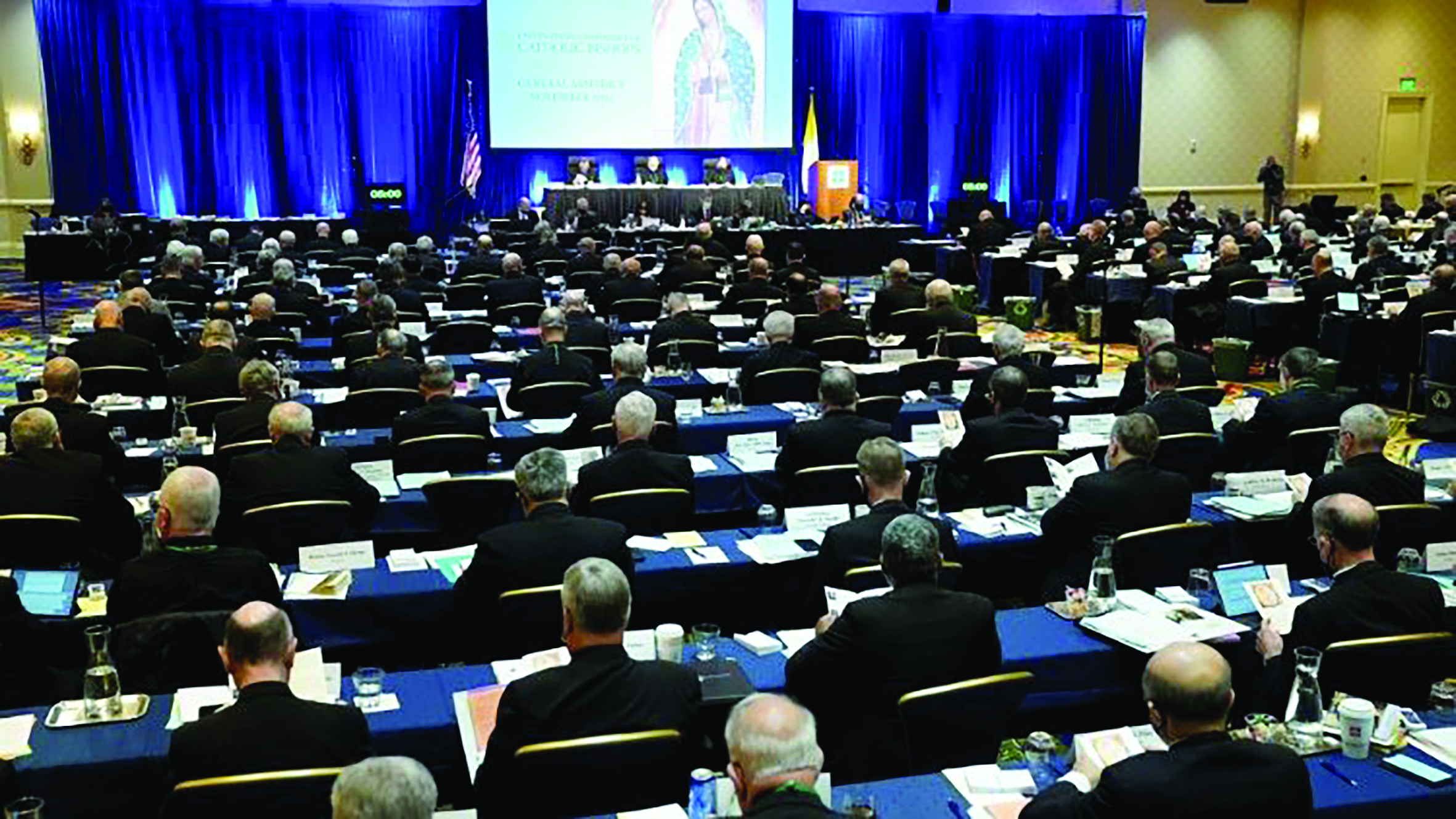
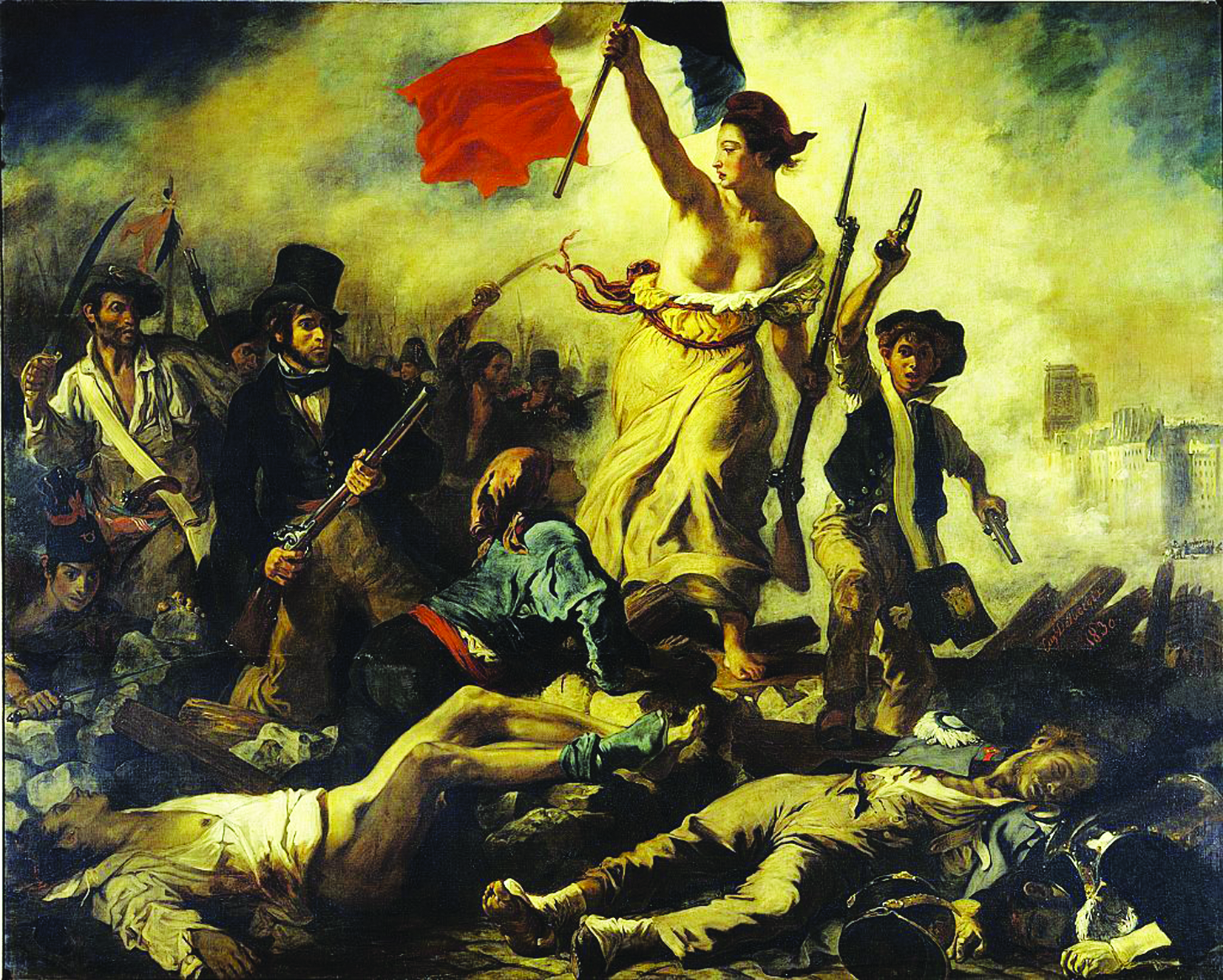
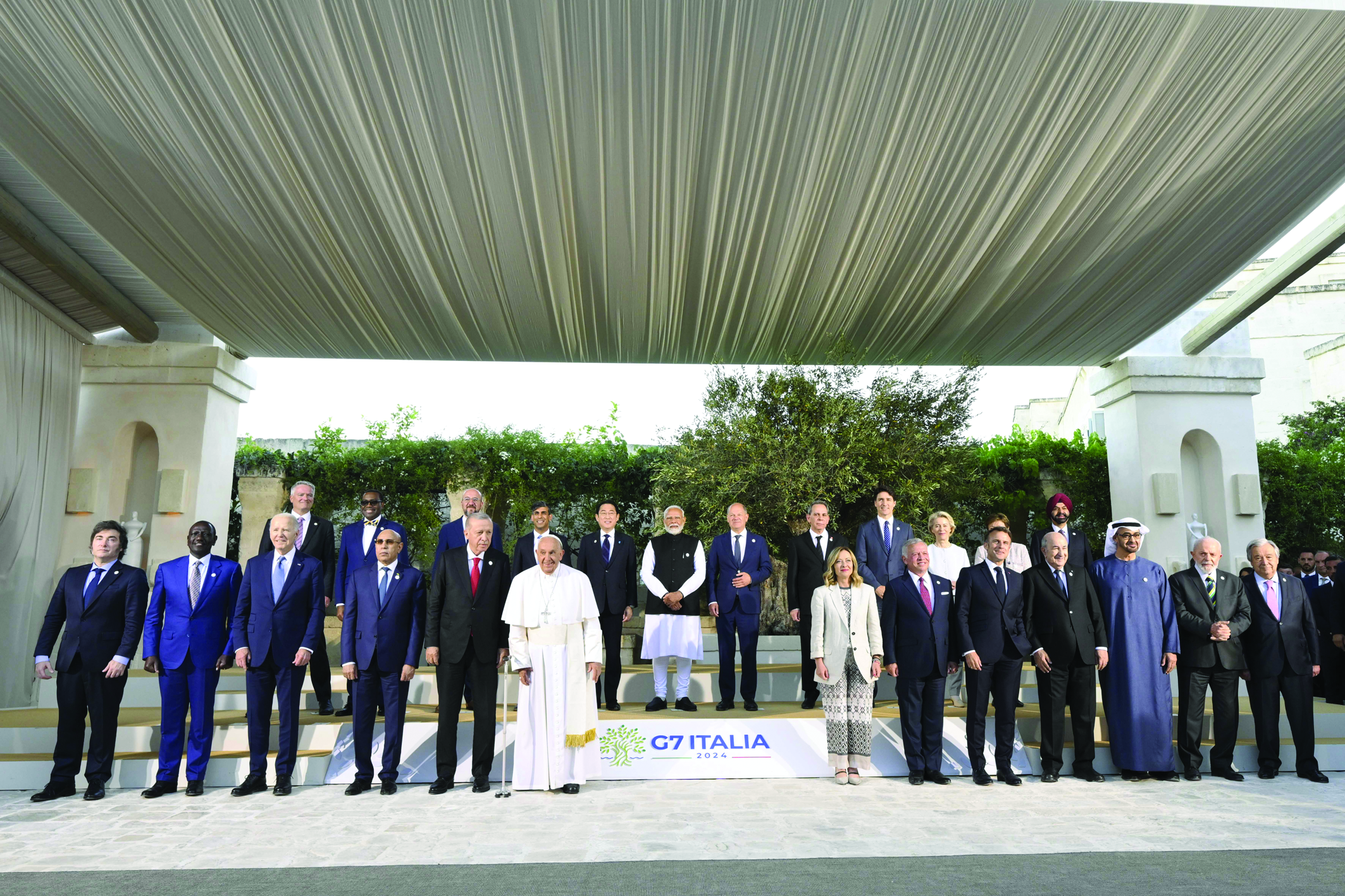
Facebook Comments